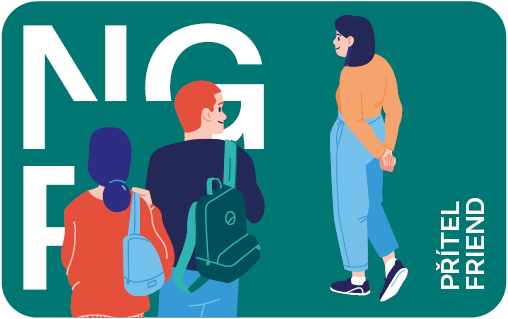Executed by a Netherlandish engraver of the second half of the 16th century (Monogrammist I. W. ?)
Printed and published by Philip Galle
In his time, the Netherlandish painter and graphic artist MAARTEN VAN HEEMSKERCK (1498 Heemskerck – 1574 Haarlem) was one of the most productive painters of large-size Mannerist religious paintings, mythological scenes of smaller format, but also fitting realistic portraits.
An important source of information about his life and lives of his contemporaries can be found in Karl van Mander’s Schilder-Boek (A Book on Painting) which describes Heemskerck’s training with Jan van Scorel and also his trip to Italy between 1532 and 1536/37. This Italian sojourn was a decisive influence on his further artistic development. He got acquainted with the works of the High Renaissance in Italy, particularly Raphael’s frescoes, and works of his contemporaries, Michelangelo and Salviati. He also carefully studied ancient ruins and sculptures. Gathered in sketch-books, his drawings are of great historical value and they provided important material for archeologists in the 19th century. Later on, he eclectically combined all these stimuli in his own works.
After he returned to Haarlem in 1537, he established a prospering painting studio which was flooded with diverse commissions, while in the 1540s he also focused on smaller graphic works. Those were particularly developed after 1566, when the wave of iconoclasm temporarily put an end to all large ecclesiastical commissions. A great number of his designs for prints of an incredibly broad thematic range were executed by engravers and printers not only in Heemskerck’s own studio, but also in his contemporaries’ workshops.
One of them was Antwerp-based PHILIP GALLE (1537 Haarlem – 1612 Antwerp), a draughtsman, engraver, publisher, writer and historian, the first in two generations of artists and printers. Trained in Antwerp in the workshop of Hieronymus Cock, the foremost 16th-century publisher of prints, he founded his own workshop after the master’s death, along with a publishing house called “Witte Lelie” (White Lily), with a permanent stock of skilled reproductive engravers, including Galle’s sons Cornelis I and Theodore. The “White Lily” became one of the most important engraving centres in Antwerp from the late 16th to the early 17th centuries, when the workshop was first taken over by Philip’s sons, known particularly for their graphic reproductions after P. P. Rubens, later on, his grandsons Cornelis II and Joannes Galle.
The Pater Noster cycle includes eight numbered prints accompanied with the Latin text of the prayer said by Jesus Christ before crowds of people, as recorded by Matthew (Mt 6, 9-13), and in a shorter form by Luke (Lk 11, 2-4). The subjects of the various sheets come both from the text itself, and its period or earlier interpretations. The main theme is a prayer directed to “Father, who art in heaven” and concerns the performance of God’s will, a request for bread – the Eucharist, for forgiveness and reconciliation with one’s neighbours, for steadfastness in trials and protection against temptation and sin personified by the devil – Satan. The last sheet of the cycle, whose text is not to be found in the Gospels, was inspired by glorifying prayers.
Within the framework of the division of labour in the workshop, in which the engravers trained in the craft executed the master’s and other commissions, their attribution is often impossible; it was only rarely that they signed their works at least with initials, such as the case with the sixth sheet of the cycle.




